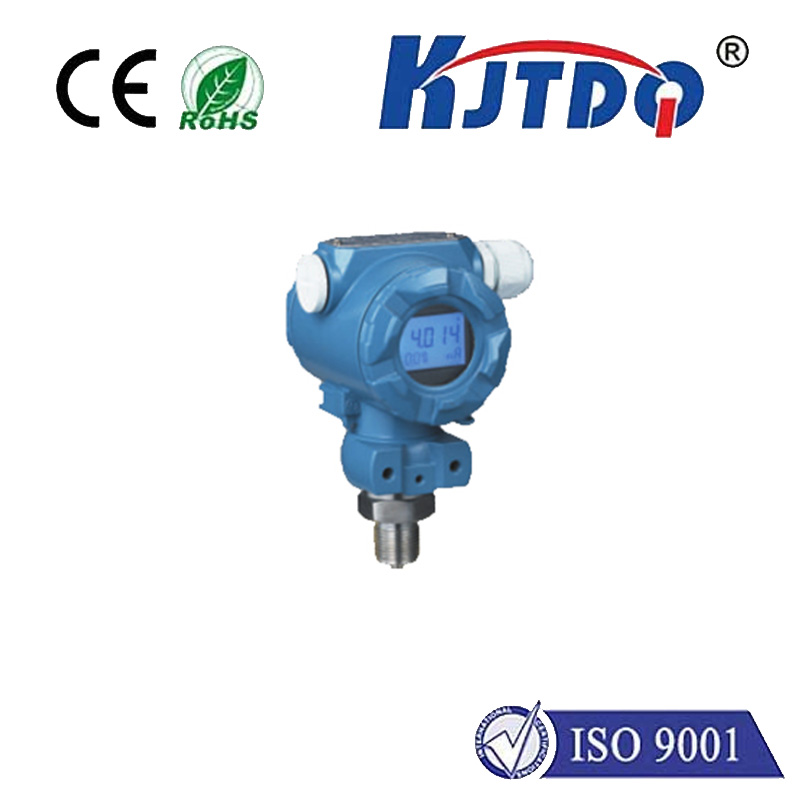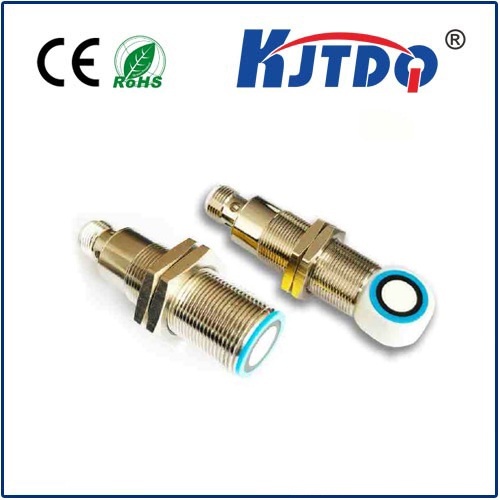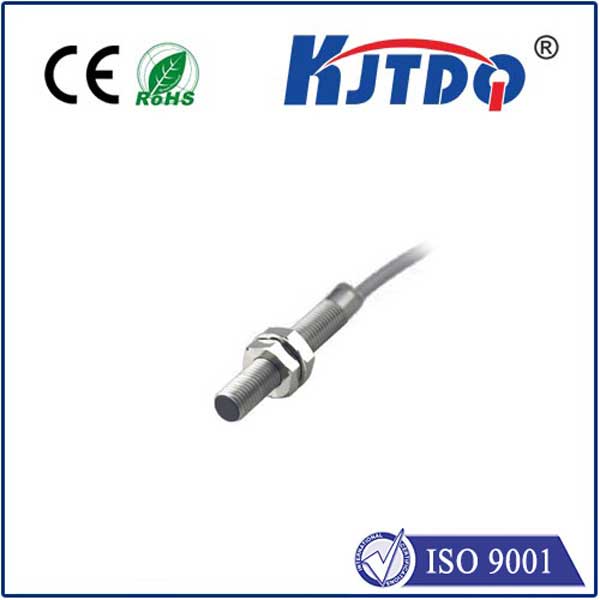

check

check

check

check
**That familiar, comforting glow as dusk settles – streetlights flickering to life, guiding our way. But have you ever stopped to wonder how they know when to turn on and off? The unsung hero making this daily magic happen is often a small but crucial component: the photoelectric sensor. Integrating this technology into modern street luminaires transforms them from simple light sources into intelligent, energy-efficient guardians of the urban night.**
Forget manual switches or outdated timers that illuminate empty streets at noon during a storm or leave pedestrians in darkness on an overcast evening. The photoelectric sensor, sometimes called a photocell or light sensor, acts as the luminaire’s eyes. It continuously monitors the ambient light levels in its immediate environment. When natural daylight begins to fade at twilight, dipping below a pre-determined threshold, the sensor sends an electrical signal instructing the luminaire to illuminate. Conversely, as dawn breaks and natural light rises above the threshold, the sensor signals the light to turn off. This creates a seamless, automated transition between day and night lighting, perfectly aligned with actual visibility needs.

The benefits of incorporating photoelectric sensors into street lighting systems are substantial and multi-faceted:
Modern street luminaires equipped with these sensors often feature dusk-to-dawn operation as standard. The sensors themselves are typically small, rugged devices integrated into the fixture’s design – mounted on top or within a protective housing – to ensure they have a clear view of the sky and are shielded from direct glare from the luminaire itself or vandalism. Advanced designs incorporate light pollution control measures like full cut-off optics, directing light precisely where it’s needed (down onto the street and sidewalk) and minimizing wasteful upward light spill and glare. This preserves the natural night sky and respects circadian rhythms for both humans and wildlife.
The integration of photoelectric sensors is no longer a luxury but a practical necessity for modern, responsible urban lighting. It transforms a basic utility into an efficient, responsive system. By ensuring lights activate only during actual hours of darkness, this technology delivers tangible energy savings, boosts public safety, extends infrastructure life, and reduces environmental strain.
The next time you see streetlights gracefully illuminating your path as the sun sets, remember the silent work of the photoelectric sensor. It’s a testament to how smart technology, implemented thoughtfully within essential infrastructure like street luminaires, can create a brighter, safer, and significantly more sustainable future for our cities, one automated dusk and dawn at a time.









